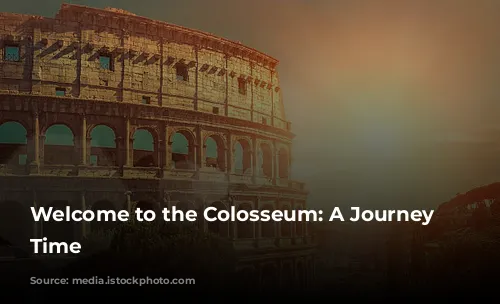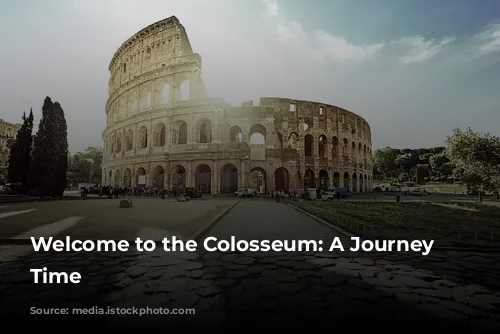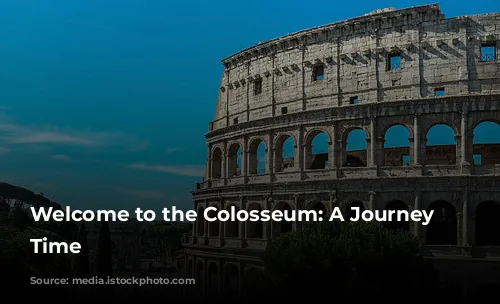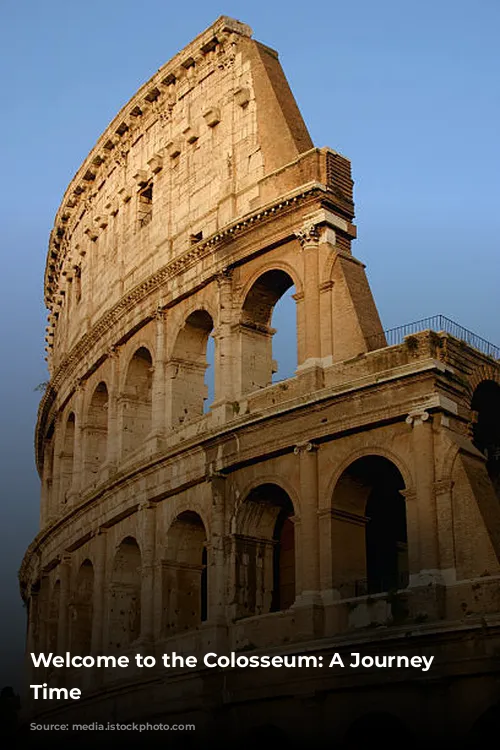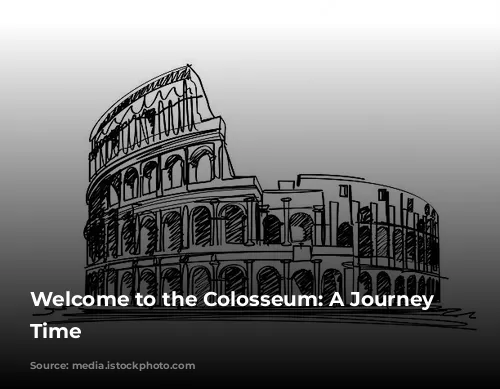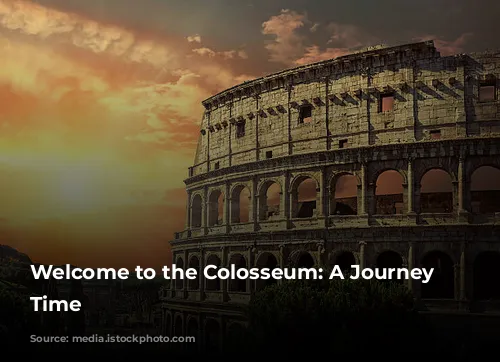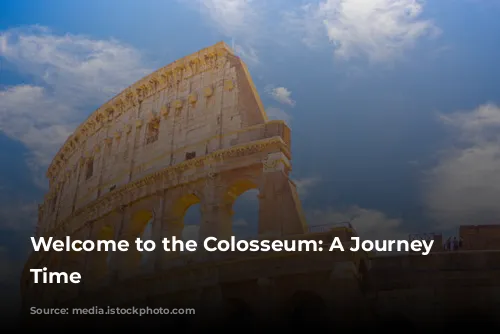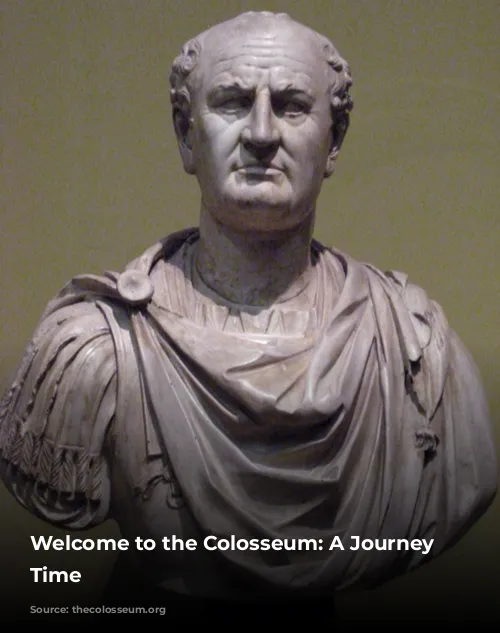Prepare to be amazed! The Roman Colosseum, a monument to grandeur and a testament to history, stands as a symbol of the Roman Empire’s power and influence. This iconic structure, almost 2,000 years old, has witnessed countless spectacles, from gladiator battles to epic hunts. Join us as we delve into the fascinating history and secrets of the Colosseum, unveiling intriguing facts that will leave you in awe.
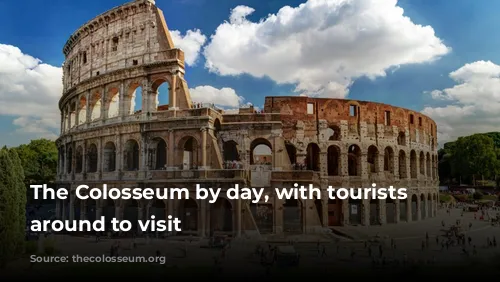
The Colosseum’s Origins: A Tale of Construction and Transformation
Did you know? The Colosseum’s construction began in the year 72 AD under the rule of Emperor Vespasian, and was completed in 80 AD by his sons, Titus and Domitian. The Colosseum’s construction wasn’t a quick process, it required the labor of thousands, most of whom were Jewish slaves forced into servitude after the sacking of Jerusalem. It’s estimated that 60,000 to 100,000 slaves toiled under the watchful eyes of Roman engineers and craftsmen, shaping this iconic structure.
The Colosseum was built on the site of Nero’s extravagant palace, the Domus Aurea, which had fallen into disfavor with the Roman populace. The emperor, Vespasian, sought to restore the city’s favor by replacing the opulent palace with a grand amphitheater that would unite Romans in shared entertainment. The Colosseum was to be a symbol of unity, a place where Romans could experience the thrill of gladiator fights, hunts, and executions – spectacles that served as a release valve for the anxieties of the times.
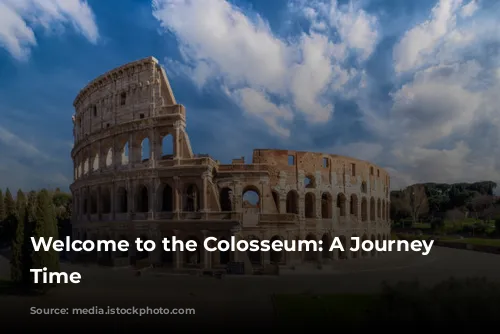
Unveiling the Colosseum’s Secrets: Size, Shape, and Materials
The Colosseum is a sight to behold! Its imposing oval shape measures 189 meters long, 156 meters wide, and 48.5 meters tall. This grand structure, spanning an area of 6 acres, was constructed using travertine stone, quarried 20 miles away in Tivoli. The stone blocks, estimated to be over 100,000 cubic meters in volume, were carefully joined using thousands of iron clamps, creating a robust structure that has stood the test of time.
The Colosseum’s external walls are adorned with three levels of columns: Doric, Ionic, and Corinthian. Each level boasts 80 arches, with 76 of them numbered in Roman numerals, serving as guides for spectators to find their seats. The Colosseum’s grandeur is further enhanced by its complex subterranean network, known as the Hypogeum. This underground labyrinth housed gladiators, animals, and prisoners, providing a spectacular stage for the bloody events that unfolded above.
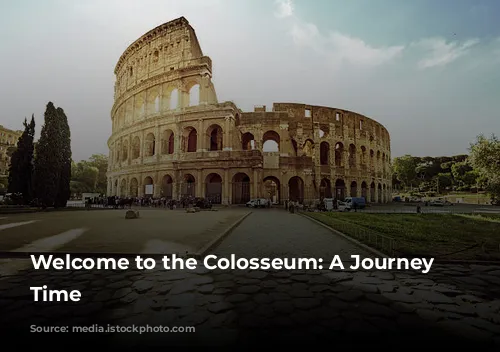
Blood and Spectacle: The Colosseum’s Brutal History
The Colosseum was a stage for the brutal realities of Roman society. Gladiator battles, hunts, and executions were the staples of entertainment for the masses. Thousands of gladiators, animals, slaves, and prisoners lost their lives in the arena over the centuries. It’s estimated that as many as 400,000 people perished within its walls.
The Colosseum witnessed the clash of swords, the ferocity of hunts, and the final moments of condemned souls. From lions, tigers, and bears to elephants, hyenas, and even giraffes, the arena hosted a menagerie of exotic animals, some used in staged hunts, others as instruments of execution. The spectacle of these events captivated the Roman populace, fueling a thirst for blood and entertainment.
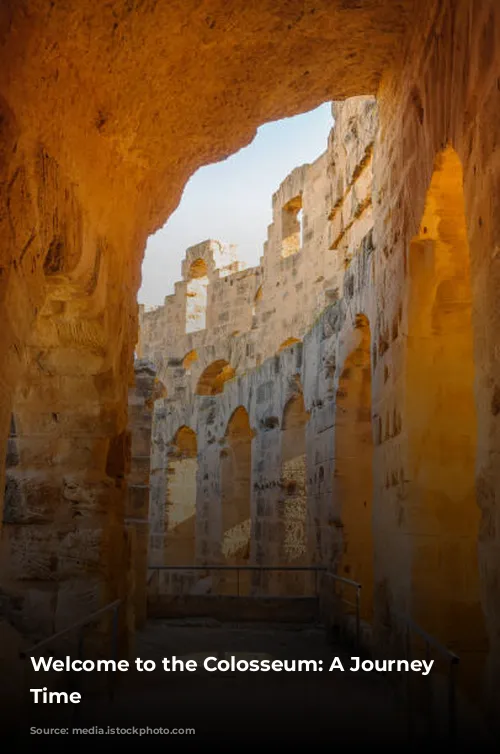
Beyond the Arena: The Colosseum’s Enduring Legacy
The Colosseum’s use as an arena gradually declined due to the rising cost of maintaining the structure and the availability of gladiators and animals. The Roman Empire was in a state of decline, and the resources needed to sustain such spectacles were dwindling. However, the Colosseum’s legacy continues to fascinate us today.
Over the centuries, the Colosseum has been used for various purposes, from a cemetery and a place of worship to housing and artisans’ workshops. Today, it stands as a powerful symbol of Roman history and a major tourist attraction. Over 7 million visitors flock to the Colosseum each year, eager to witness the remnants of this ancient marvel and imagine the grandeur of its past.
The Colosseum is more than just a building; it is a testament to the power of human ingenuity, the brutality of ancient society, and the enduring fascination with our history. Its story continues to captivate us, reminding us of the enduring legacy of the Roman Empire and the complex tapestry of our past.


